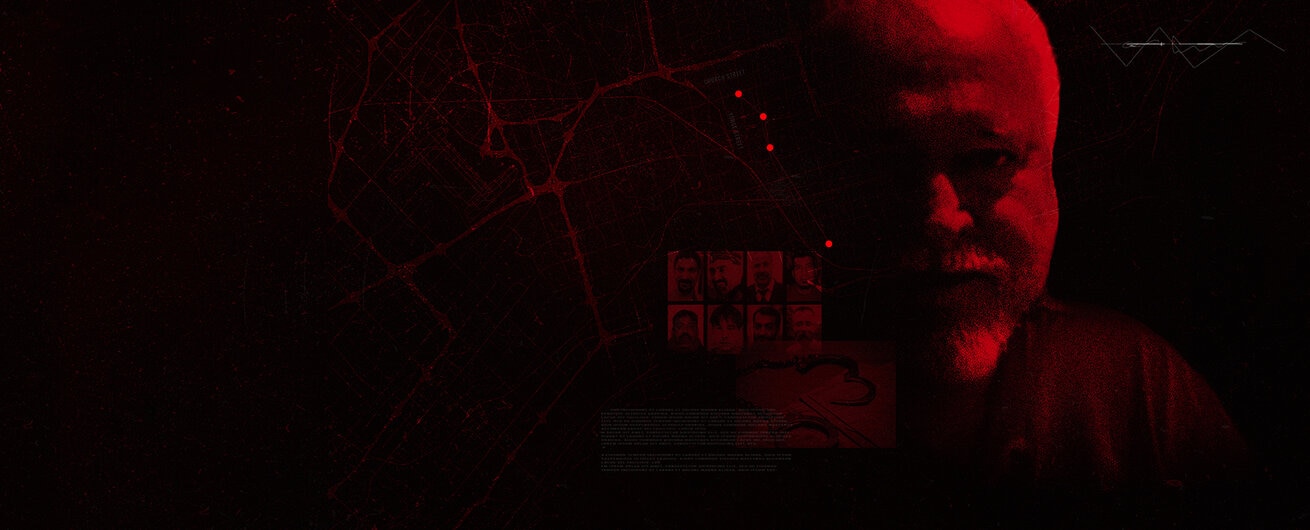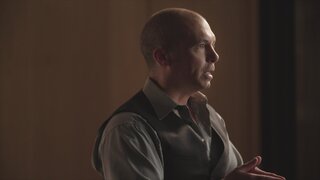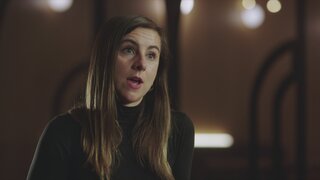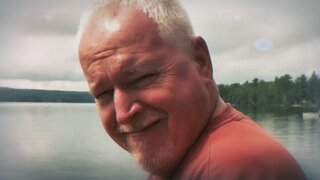Create a free profile to get unlimited access to exclusive videos, breaking news, sweepstakes, and more!
‘Some Lives Could Have Been Saved’ — Did Race Affect The Bruce McArthur Serial Killer Case?
Why didn’t police catch Toronto’s deadliest serial killer faster? Racism, some claim, may have played a role.
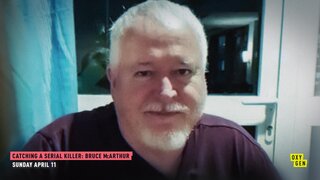
By the time he was arrested in January 2018, Toronto serial killer Bruce McArthur had murdered eight men in a grisly homicidal spree that began in 2010.
Convicted in 2019 and now serving eight concurrent life sentences, McArthur worked as a landscaper and used plus-size planters belonging to unsuspecting clients to hide some of the remains of his heinous crimes.
“Catching a Serial Killer: Bruce McArthur,” airing Sunday, April 11 at 7/6c on Oxygen, chronicles the killer’s disturbing killing spree. It also covers how he used the city’s LGBTQ-friendly enclave, The Village, an area he knew well, as his perverse and personal hunting ground.
Some victims were openly gay, others were closeted, some grappled with homelessness, others with substance abuse.
Many of his victims were South Asian or Middle Eastern refugees and immigrants who lived in or frequented the neighborhood.
These factors, various people have since alleged, played a part in why he was free to kill for so long. Indeed, with the span of seven years between McArthur’s first murder of Skandaraj Navaratnam, a 40-year-old immigrant, and his last of Andrew Kinsman, a 49-year-old white man, activists have asked what took police so long to solve the case — or, for that matter, to even recognize that there was cause for alarm.
Chatter swirled about the possibility of deadly trouble in The Village since 2010, rumors that the Toronto police downplayed, the Daily Beast noted in 2018.
After Navaratnam went missing in September 2010, more disappearances followed in chillingly regular succession including Afghan immigrant Abdulbasir Faizi, 44, in December 2010, and Majeed Kayhan, 58, in October 2012. Selim Esen, 44, disappeared five years later.
“Members of Toronto’s LGBTQ community are openly questioning whether bias played a role in how long it took for police to make an arrest in a series of missing persons cases that stretches back years,” reported the Toronto Star following McArthur’s arrest.
In the story, Kerolos Saleib, of the LGBTQ organization Alliance for South Asian AIDS Prevention (ASAAP), claimed that although Kayhan was reported missing in 2012, it wasn’t until “Andrew Kinsman disappeared that police really took action.”
He believes race played a role in how much attention police paid to the case. Had the early disappearances of ethnic men been given as much priority as Kinsman’s vanishing, he said, “I can’t help but think that some lives could have been saved.”
In a February 2019 community bulletin, ASAAP further noted that “the police failed to conduct an effective investigation, and conscious and unconscious racism, classism and homophobia played a significant role in the failure to properly investigate these disappearances.”
James Dubro, a Village resident and freelance reporter, echoed that sentiment in an interview with “Catching a Serial Killer.” “Three people disappear without a trace, but they’re all recent immigrants to Canada from foreign countries,” he said. If the victims had all been native-born Canadians, he claimed “there would have been far, far more pressure on the police and everyone else in the community to find out what happened but because they were immigrants there wasn’t that pressure.”
The Toronto Star’s editorial board questioned the alleged inaction from the police in a January 2019 op-ed. “Why did it take so long to zero in on McArthur as a suspect?” it asked. “Why did the police seemingly not take the concerns of the LGBTQ community more seriously? The Church-Wellesley community had long feared there was a serial killer in their midst and the police denied it. Would police have taken more and swifter action if McArthur’s victims had not been gay or people of color, homeless or addicted to drugs?”
Toronto police have since defended their handling of the case and pointed to two task forces formed in response to the disappearances. The first, Project Houston, a two-year effort that began in 2012, failed to yield results. The second, Project Prism, launched after Esen and Kinsman went missing.
“This was not a case of police didn’t think anything was going on,” Toronto Police Chief Saunders said after McArthur was sentenced, according to Global News Report. “We knew something stunk and we did everything we could to find it. We just didn’t.”
They didn’t publicize the possibility of a serial killer, according to Det.-Sgt. Hank Idsinga, because they weren’t even sure the men had been killed.
“You never know what the end result is going to be. Just because somebody’s missing doesn’t mean they’ve been murdered. First you have to establish that there’s been a criminal offense and then decide what his role is in that offense being investigated. Was he a suspect, was he a witness, was he a victim?” Idsinga said, according to a 2018 Toronto Star article.
In June 2018, amid the anger and frustration with the Toronto Police, an independent review led by retired judge Gloria Epstein into the way the department handled missing persons cases began. The review ended in November 2020 after speaking with over 1,200 people, and the full report as well as Epstein’s recommendations will be released some time in early 2021, Toronto City News reported at the time.
In the meantime, the case has left wounds within Toronto’s gay and immigrant communities. “In 2010 I would see posters of Skanda, and then a few years later in 2012, I started seeing pictures of Abdulbasir Faizi and Majeed Kayhan,” victim advocate Haran Vijayanathan told “Catching a Serial Killer.” “Three brown men were missing … I was hoping and praying they would be found."
“There were certainly people saying the police weren’t paying attention because they were three brown men,” he added. “If they were white people they would have found them already.”
To learn more about the case, watch “Catching a Serial Killer: Bruce McArthur,” airing Sunday, April 11 at 7/6c on Oxygen.
























